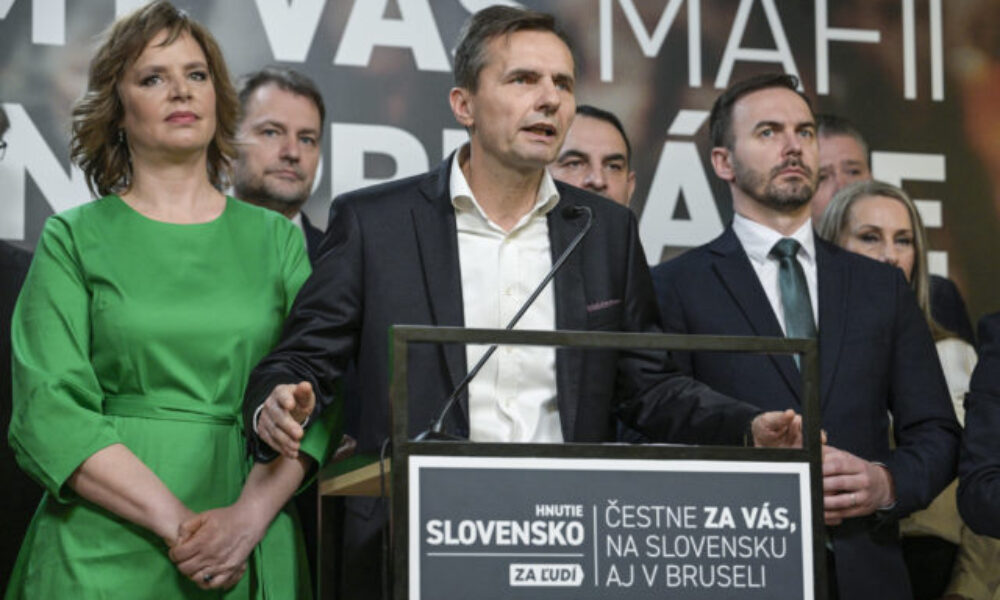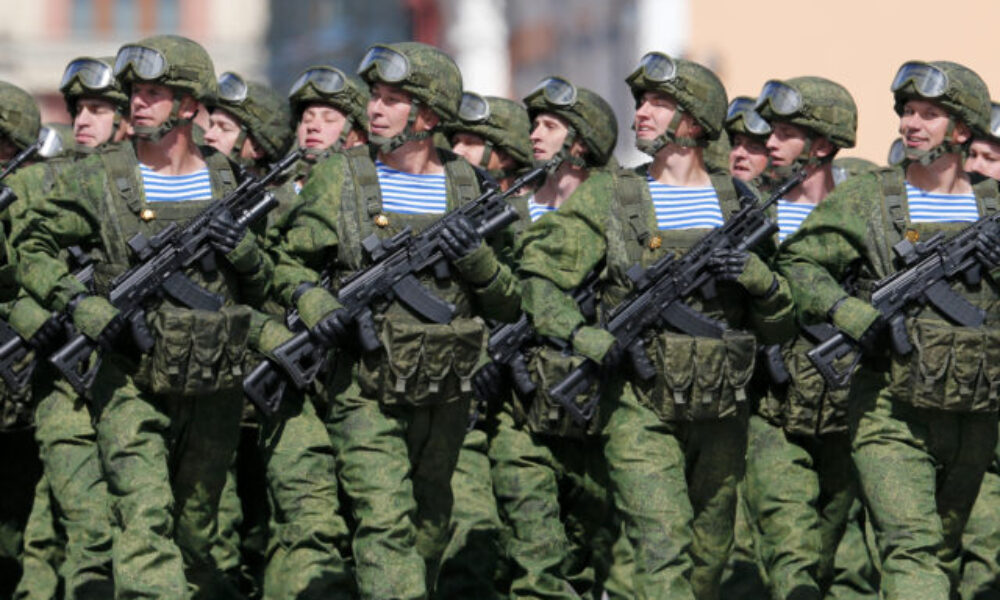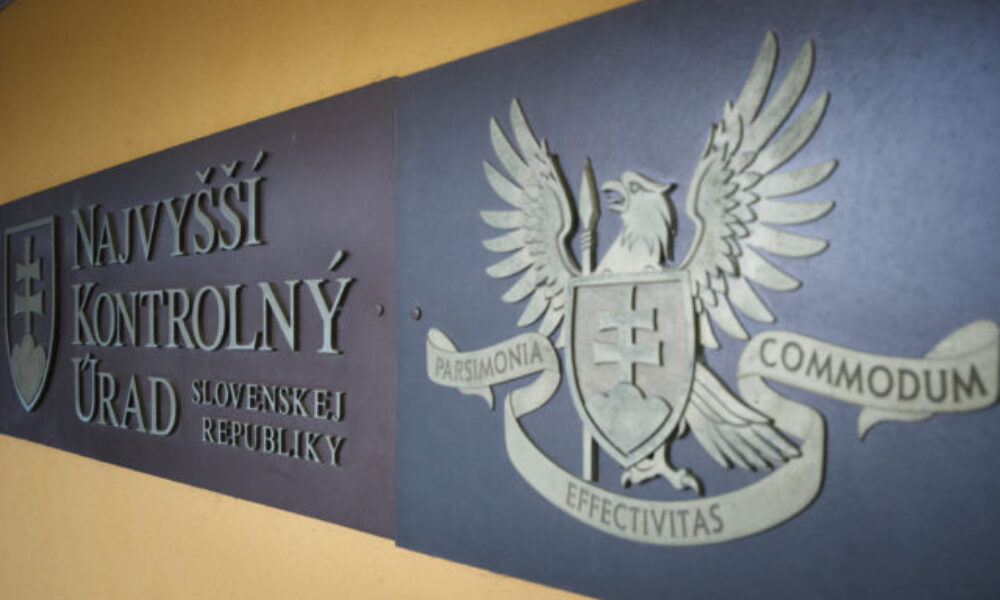
When Westerners and others outside North Korea think of the country, “fun” isn’t one of the first words that comes to mind. Stories about the secretive nation tend to focus on the repressive policies –– both political and personal –– of its decades-long leadership under the Kim dynasty.
But that’s not to say that all North Koreans, or at least those who belong to its elite and incrementally growing middle class, lead wholly sheltered lives devoid of leisure time and the opportunity for a laugh.
“North Korea’s leisure infrastructure has undergone significant expansion under Kim Jong Un, but remains accessible almost exclusively to the elite and emerging middle class, not the general population,” a defector-journalist at Daily NK who spoke on condition of anonymity to avoid retribution, told Straight Arrow News.

Download the SAN app today to stay up-to-date with Unbiased. Straight Facts™.
Point phone camera here
North Korea’s leisure industry and the DPRK narrative
Today, North Korea is home to several amusement parks, sometimes referred to as “funfairs” or “youth parks,” but their origins date back to the late 70s and early 80s. That includes Mangyongdae Funfair, Taesongsan Funfair, Kaeson Youth Park and Rungra People’s Pleasure Ground.
According to the defector-journalist, the Kim Il Sung and Kim Jong Il eras saw “minimal public entertainment infrastructure,” as leisure activities were largely relegated to “simple communal activities and seasonal retreats for elites.”

However, when Kim Jong Un came to power in 2011, the country saw a “dramatic construction boom,” the defector-journalist explained. Over the past 14 years, Kim Jong Un has opened several other parks that fit the amusement bill, such as Munsu Water Park, Mashikryong Ski Park and Yangduk Hot Spring Park.
“Regardless of slow-moving reform and opening, North Korea is gradually and slowly changing, including entertainment culture and environment, which are all good for citizens and foreign visitors,” Katy Oh Hassig, a South Korean-born scholar who has worked extensively on subjects related to the North, told SAN.
Perhaps one of the most famous parks is Mangyongdae, named for the fabled birthplace of North Korea’s founding father, Kim Il Sung. Located inside Pyongyang, it opened in 1982 ahead of the first North Korean leader’s 70th birthday.
A research paper published in 2017 noted that the locations of many of Pyongyang’s amusement parks are not without significance.
“North Korean amusement parks are mostly located in historic sites of Pyongyang, which are related to the establishment of the state of [Democratic People’s Republic of Korea],” wrote Heesun Choi at Chung-Ang University. “These amusement parks would become a great urban public space to carry positive communal meanings and to increase empathy for Pyongyang citizens.”
Kim Jong Un takes the reins
At the time of its opening, Mangyongdae was heralded as a significant step towards modernizing the country and providing its residents with all of the creature comforts afforded in the capitalist West. However, by 2012, the park had fallen into such a state of disrepair that Kim Jong Un called it “pathetic” and ridiculed the officials responsible for overseeing the grounds.
“Kim Jong Un personally attends high-profile openings and conducts inspections — even publicly criticizing poor maintenance — signaling a new managerial approach and direct control over elite privileges,” the defector-journalist said.
According to an English translation of a dispatch published at the time, the youngest Kim “scolded officials, saying why such things do not come in their sight and querying could the officials of the funfair work like this, had they had the attitude befitting master, affection for their work sites and conscience to serve the people.”

While doubtlessly anxiety-inducing for those involved, Kim Jong Un’s verbal thrashing paved the way for a new era of North Korean amusement parks –– one that would see an Italian roller coaster manufacturer import some of its most sophisticated ride systems, alongside new fast food restaurants and hotels for a family vacation that wouldn’t look out of place in the West.
“Kim Jong Un did a lot of work, both repairing old facilities and building new ones, with an intention to open these theme parks for tourists and foreigners,” Oh Hassig said.
For instance, Nungra People’s Amusement Park, which opened in 2012, not only features 13 rides but also a 1,460-seat dolphinarium, a water park, sports facilities, a miniature golf course and a 3D movie theater.
“Once people’s livelihood needs are more or less met, they have a desire to enjoy cultural life. It may be that the authorities determined that it could contribute to sustaining the regime if they enabled the North Korean public to enjoy places like these,” South Korean professor Ju Seung Hyeon told the Seoul-based media outlet, Hankyoreh. “Another possible influence [on the growth of amusement culture] may be Kim Jong-un’s familiarity with leisure activities and amusement culture after his experience studying in Switzerland.”
The reality for tourists and locals
One group taking full advantage of these modern amenities is Koryo Tours, a Beijing-based team of expatriates that has been bringing foreign tourists to North Korea for the past three decades. Although North Korean tourism has largely been put on hold since 2020, Koryo’s general manager, Simon Cockerell, said they used to organize more than 100 trips every year.
“People from all over the world join the tours,” Cockerell told Straight Arrow News. “Until 2017, around 20% were Americans, but then the U.S. government banned the use of a U.S. passport to go to North Korea, meaning that any Americans who have been since then had to use alternative passports.”
Aside from the rides and food and beverage offerings, Cockerell said North Korea’s amusement parks are different from their Western counterparts “in almost all ways.”

“There is no theme to these parks beyond them being for leisure, the ticketing is done differently, the costs are hugely subsidized –– in that they cost almost nothing for locals, despite the substantial cost to build the newer ones –– and the general vibe is completely different –– as it is in North Korea, a distinctly different society to the West,” Cockerell explained.
When asked about the response Koryo Tours gets from its clients who visit North Korean amusement parks, Cockerell said it’s “pretty much always positive,” and that for many people, it’s the “highlight” of their trip.
“People go there with a genuine interest in trying to learn more about something very enigmatic, and that is what we provide,” Cockerell said. “For a great many people, this is a highlight of their travels, and even though it is unconventional, it is something that really sticks in the memory. It is a confusing and complex place, with truth always somewhat murky, but for those with a fascination about the world’s most fascinating place, there is no better trip one can take.”
To be sure, though, the leisure world that foreign tourists see inside North Korea and that which the country’s average citizen experiences could not be more different. The defector-journalist told SAN that access to the country’s “public” facilities is “severely restricted.”
Unless you’re part of Pyongyang’s elite, which makes up roughly 10% of society, or the wealthy entrepreneurial class known as “donju,” chances are you’ll never get to enjoy all the modern amenities of a funfair or youth park.
“Ordinary citizens, especially outside the capital, are excluded by travel restrictions, cost and political barrier,” the defector-journalist said. As a result, North Korea does boast a “middle-class lifestyle experience –– but only for the privileged few.”
“The stark disparity between Pyongyang’s high-tech, illuminated parks and the darkness visible in satellite images of the rest of the country exemplifies the regime’s priorities,” the defector-journalist added. “These facilities often serve more as political spectacle and leadership vanity projects than genuine public recreation, with international visitors noting the jarring contrast between slick modern amenities and widespread poverty.”










